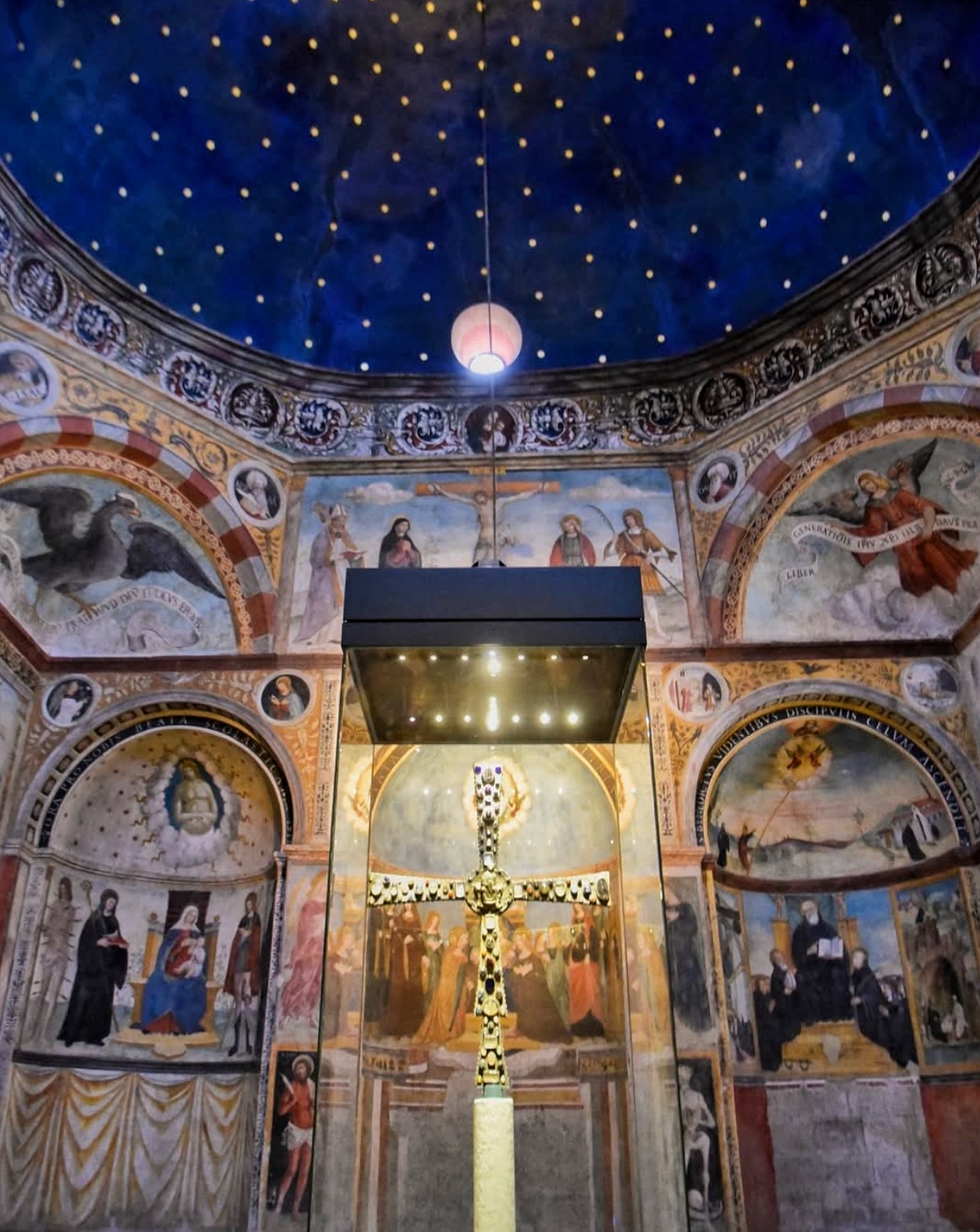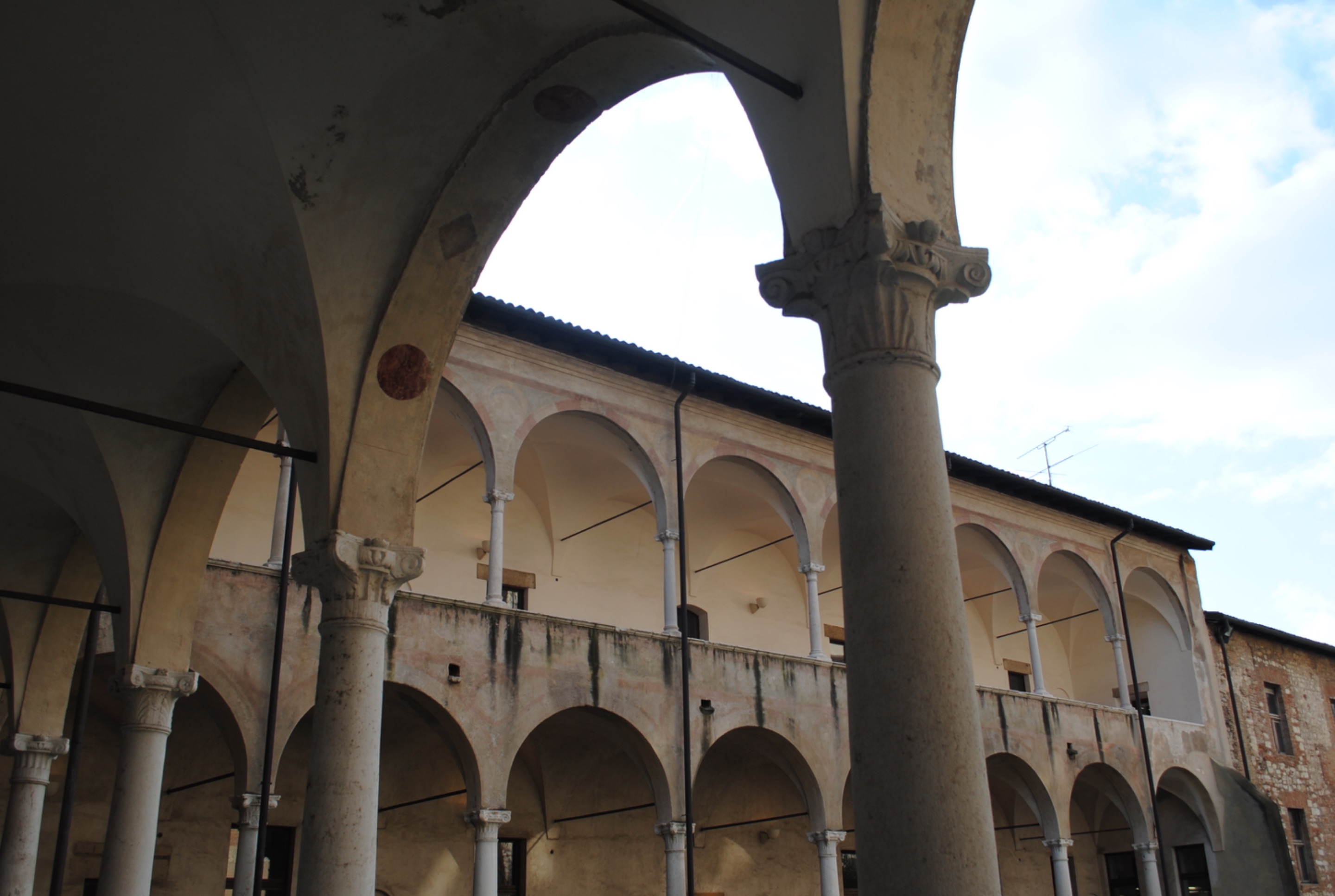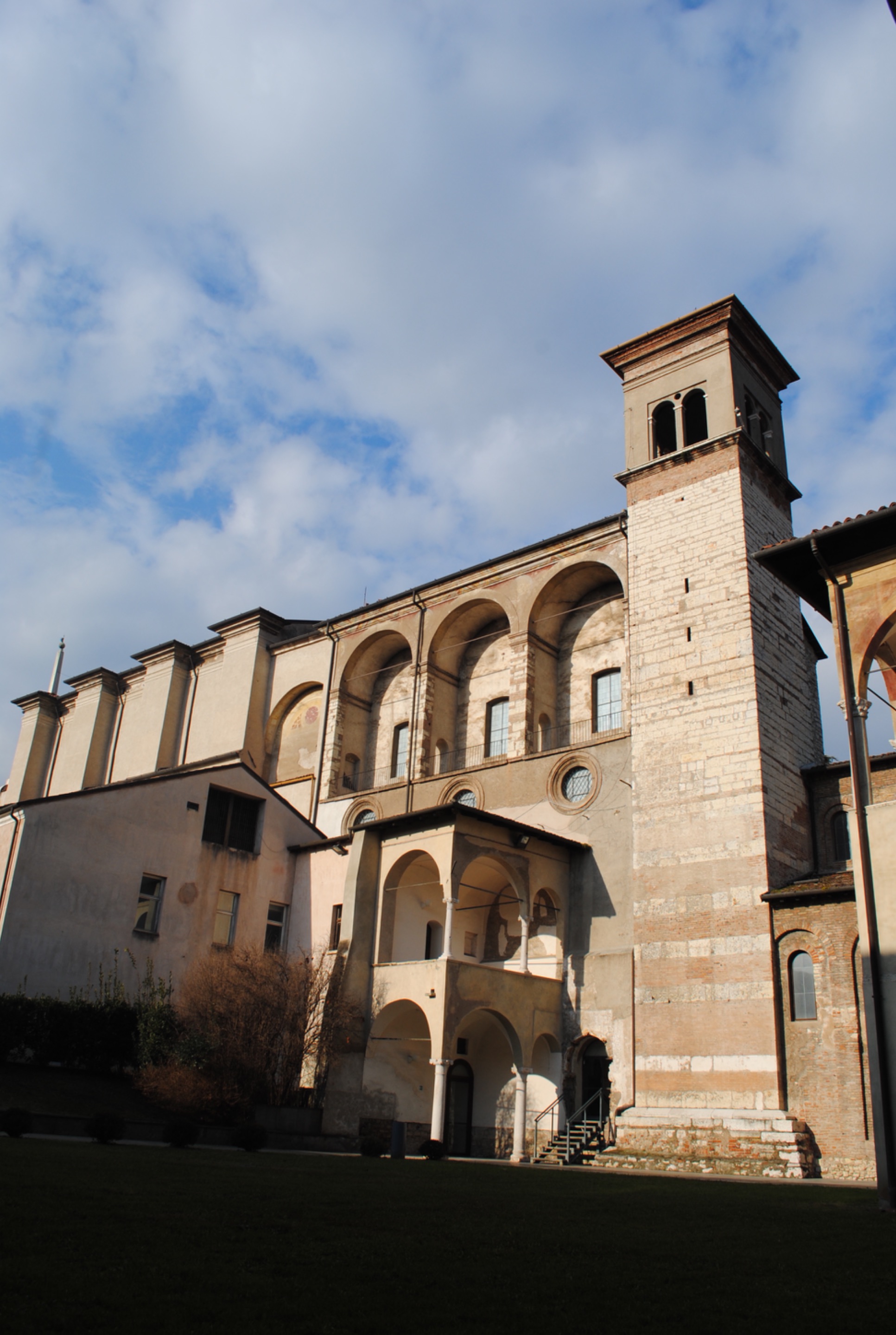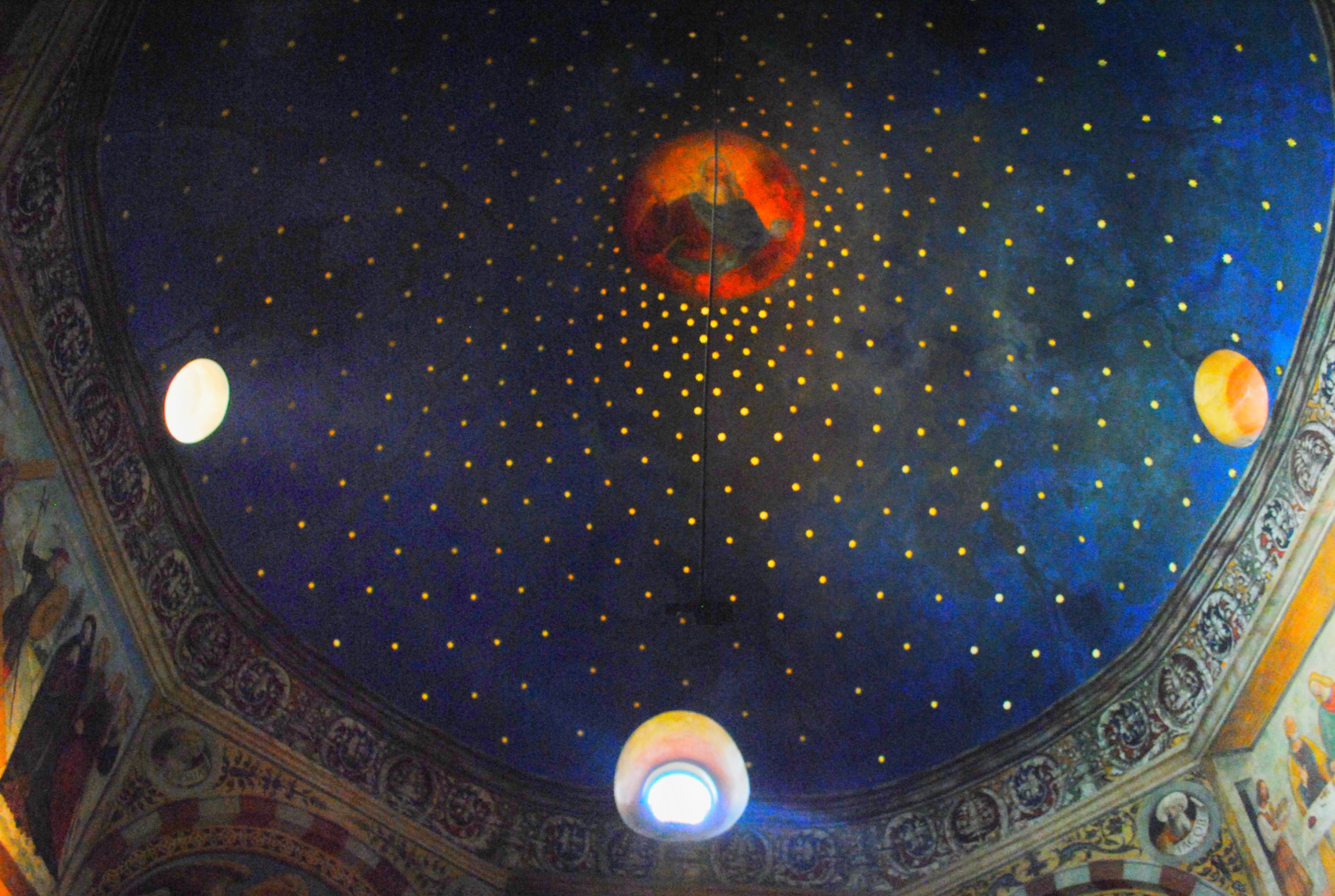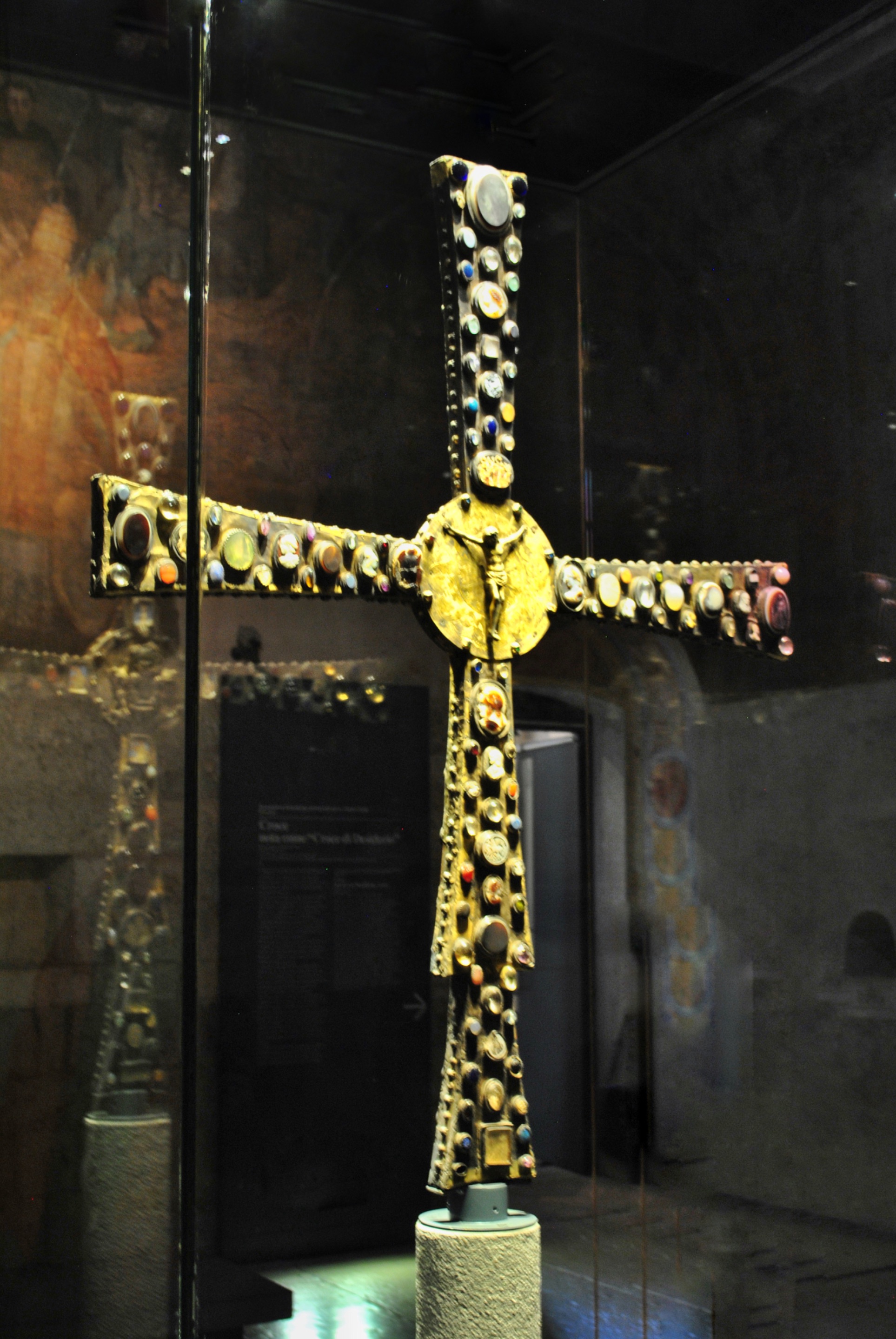
Hi friends of Hive,
Today I'm telling you about my city, Brescia.
Despite being a city with little value from a historical-artistic point of view, it actually
has small wonders that are unique in all of Italy.
The city has had many lives and dominations and there is one place that encompasses
the history of this city, it is the Santa Giulia Museum.
As an archaeologist, I have visited many museums in Italy and abroad, and I believe
that the Santa Giulia is something unique, it is built on top of the ancient city and gives
us a real immersion from the Romans to the Lombards.
Ciao amici di Hive,
Oggi vi parlo della mia città, Brescia.
Nonostante sia una città poco valorizzata dal punto di vista storico artistico, in realtà
possiede delle piccole meraviglie che sono un unicum in tutta Italia.
La città ha avuto molte vite e dominazioni e c’è un luogo che racchiude la storia di
questa città, è il Museo di Santa Giulia.
Come archeologa, ho visitato molti musei in Italia e all’estero, e credo che il Santa
Giulia si qualcosa di unico, è costruito sopra la città antica e ci regala una vera e
propria immersione dai romani ai longobardi.
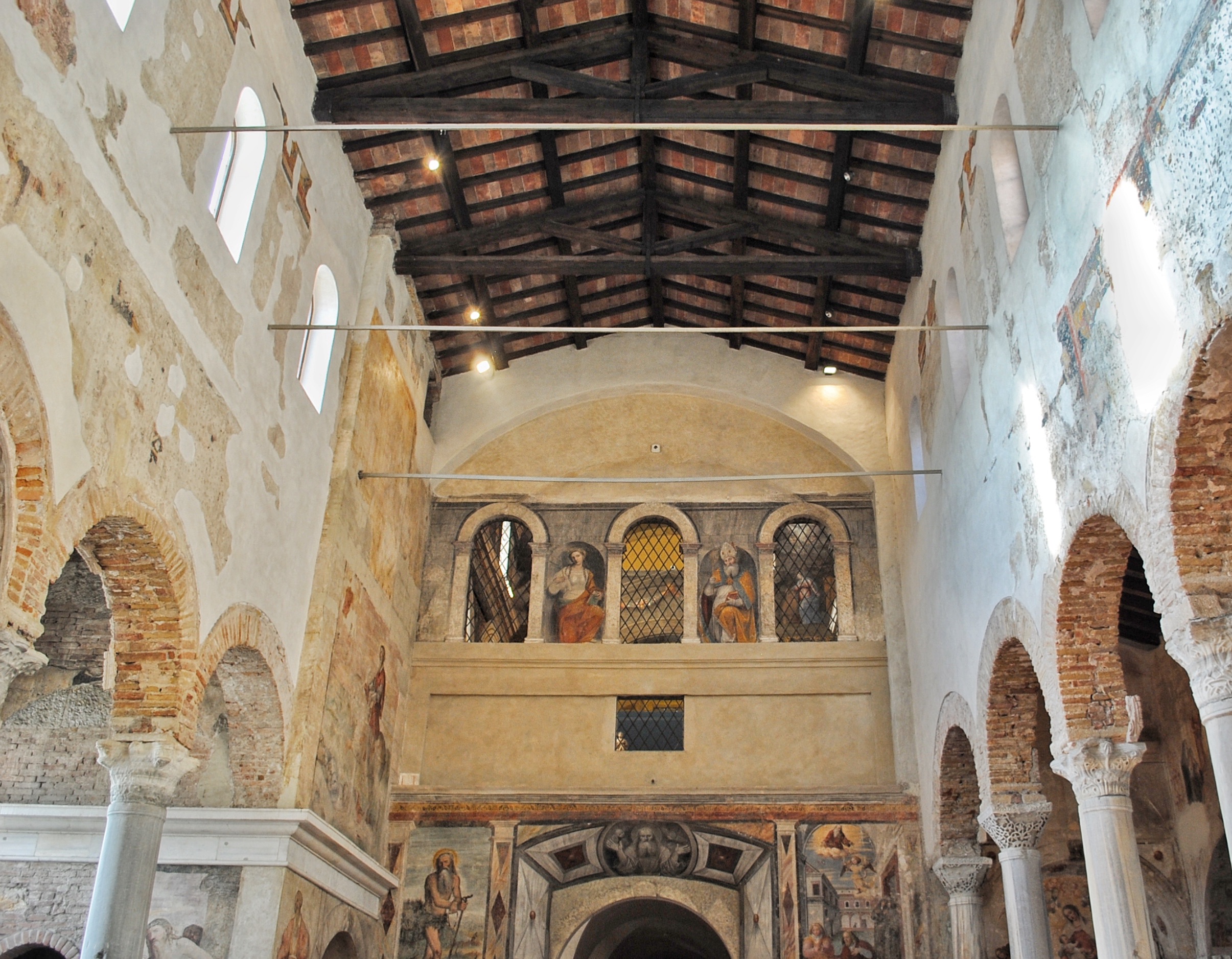
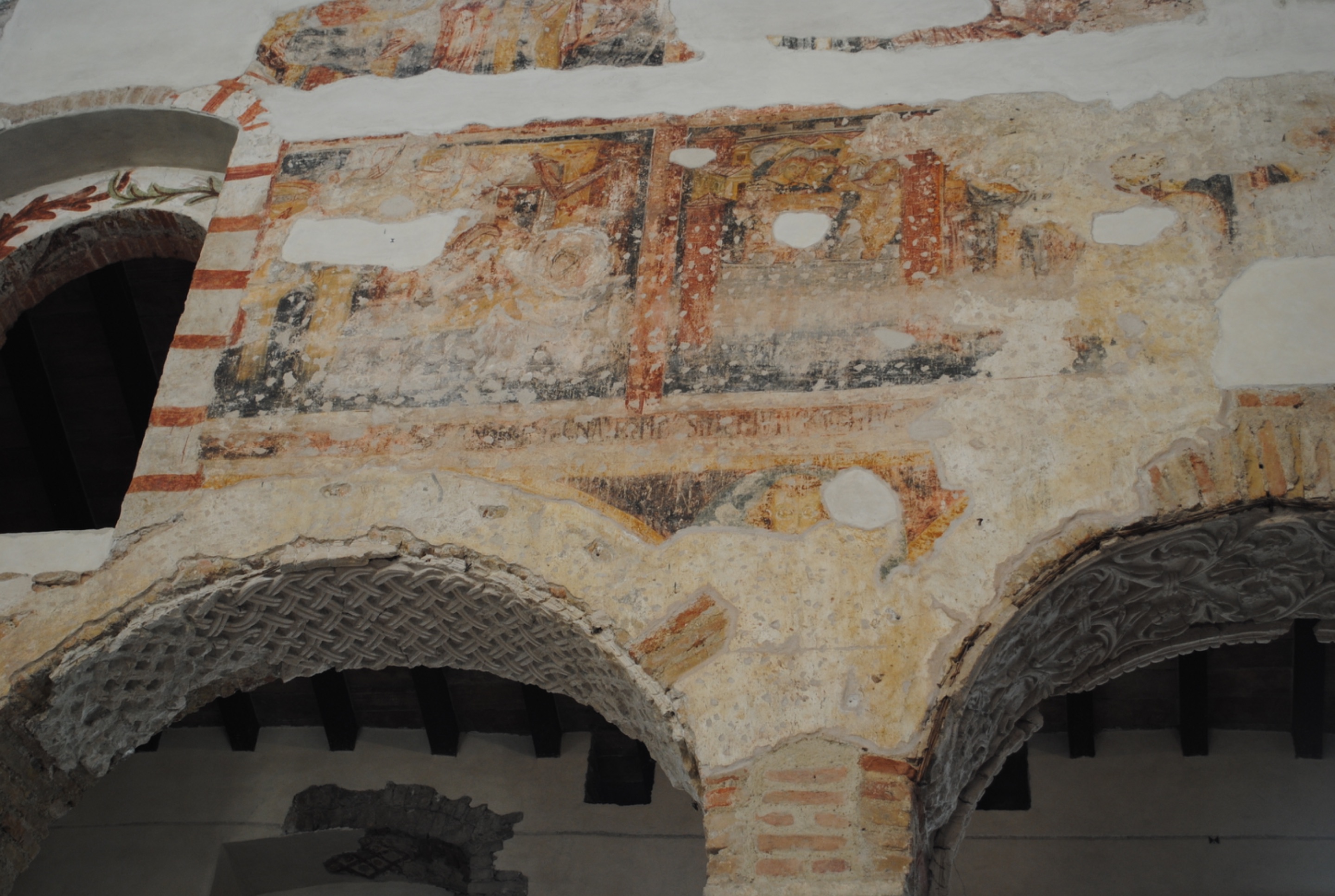
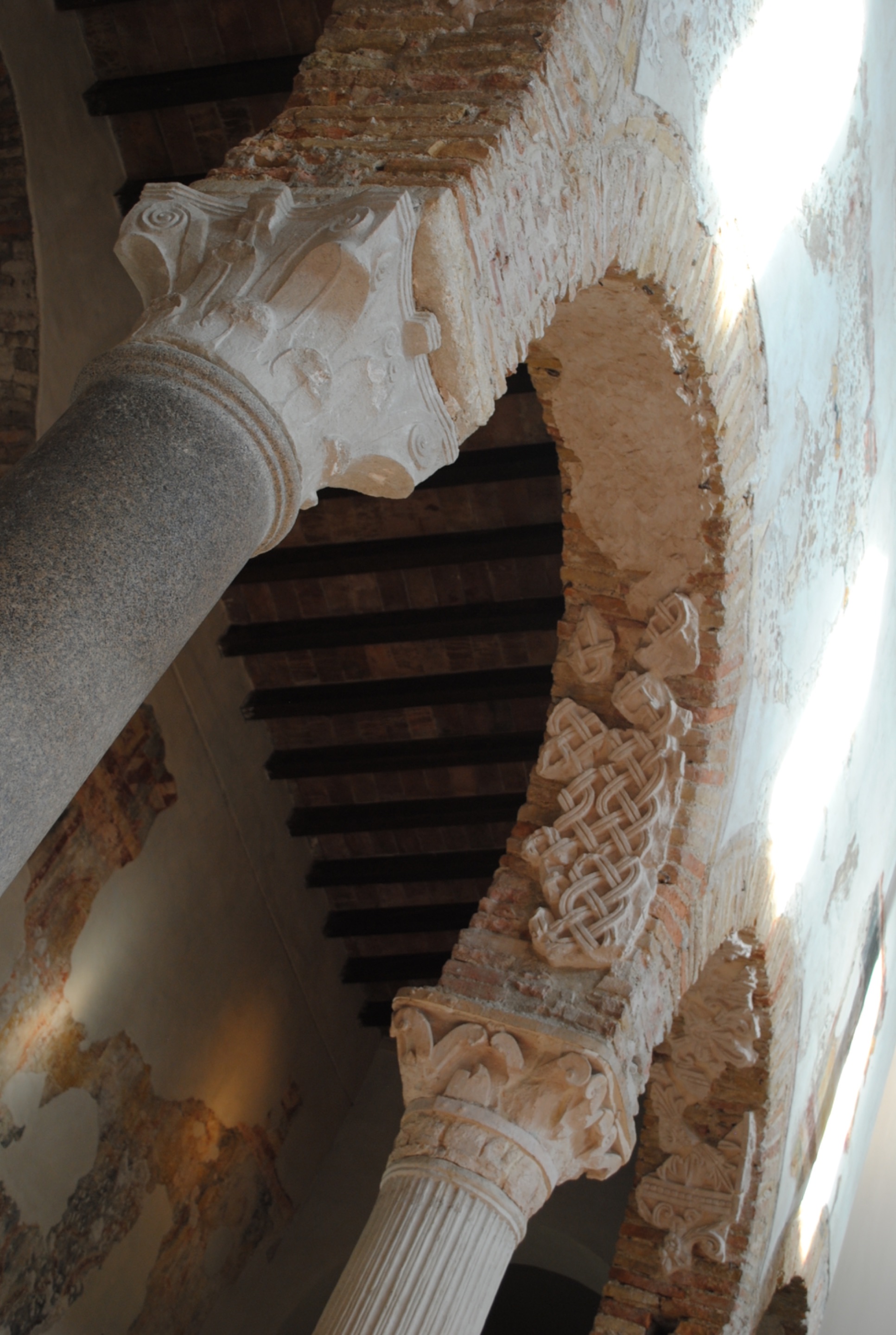
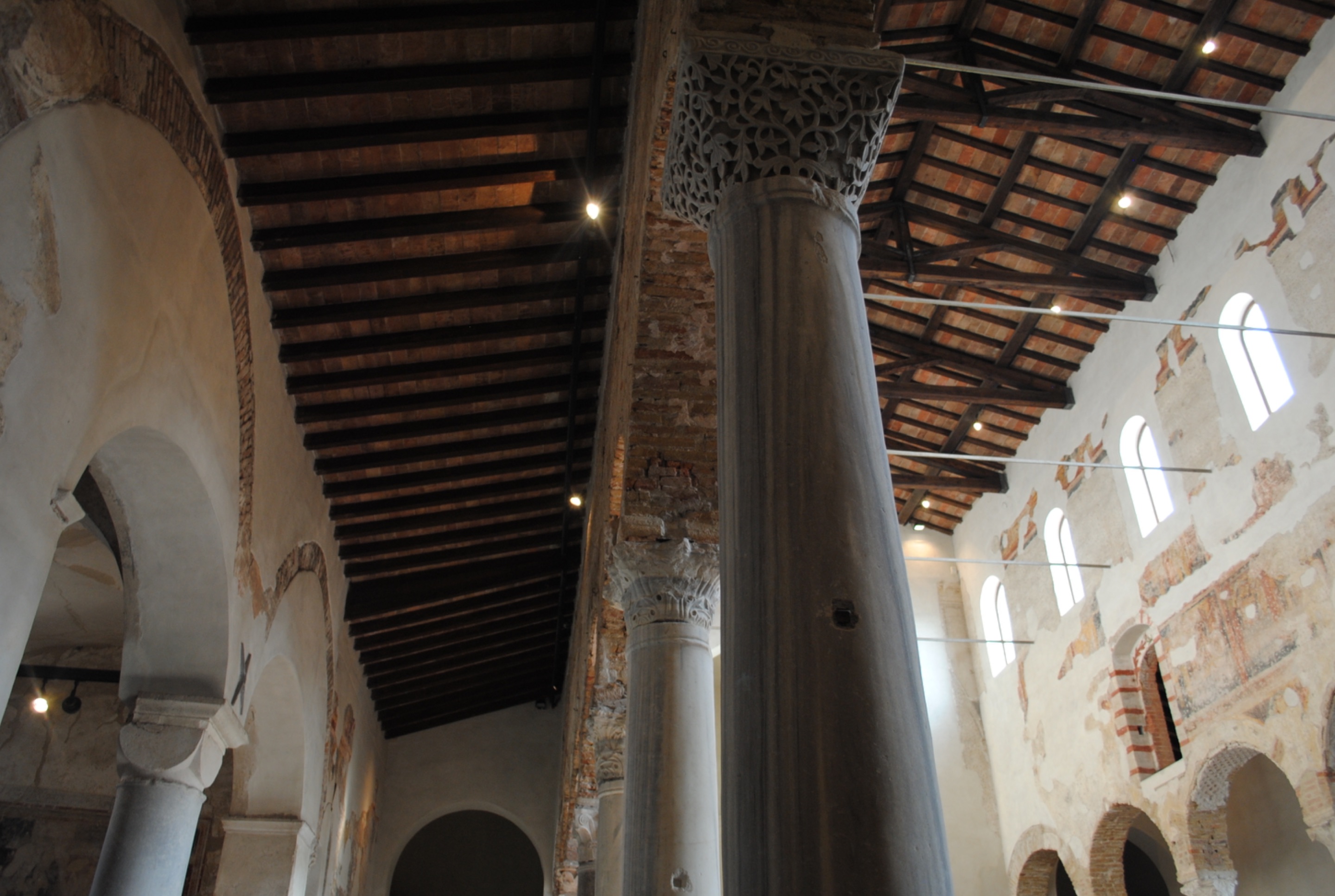
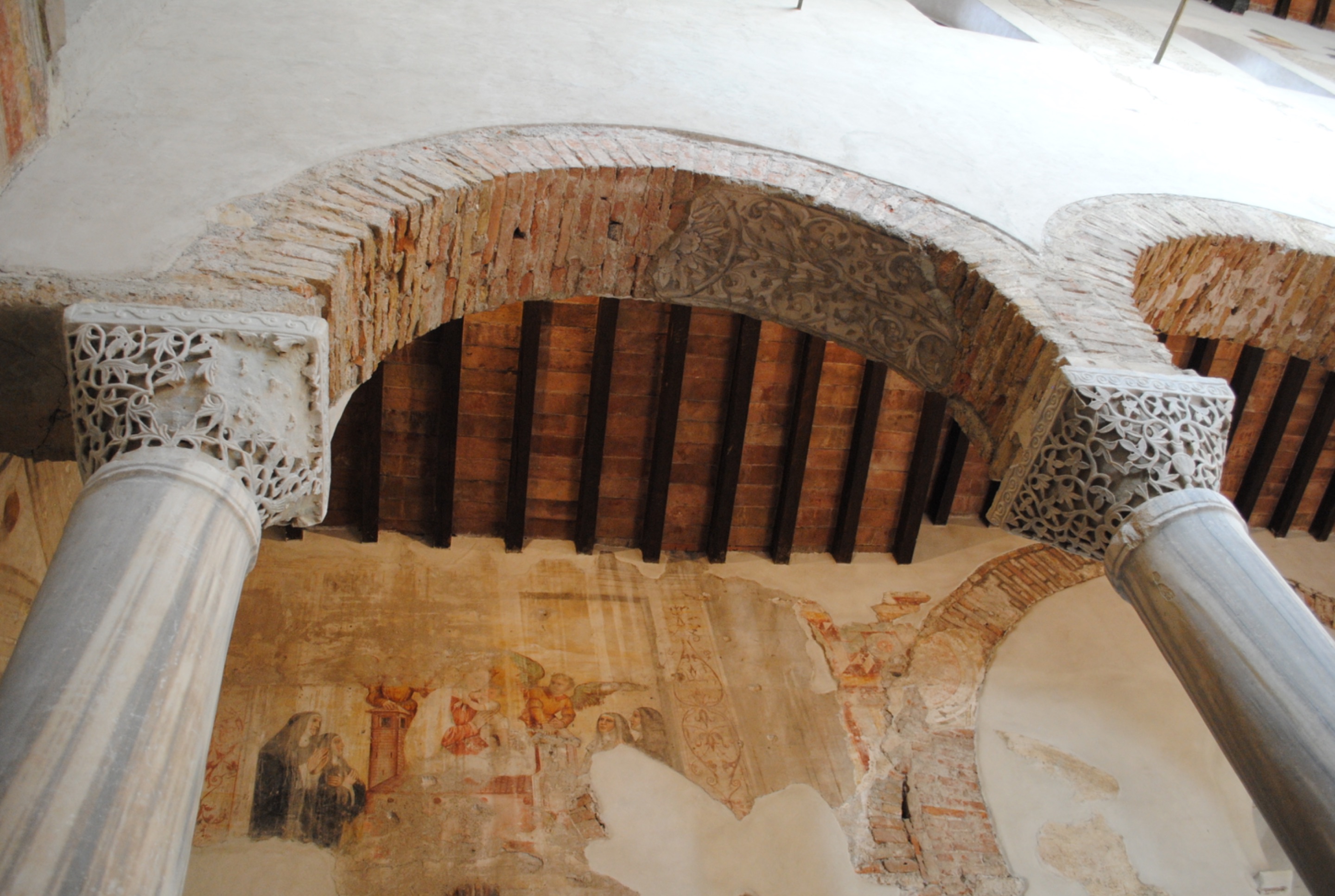
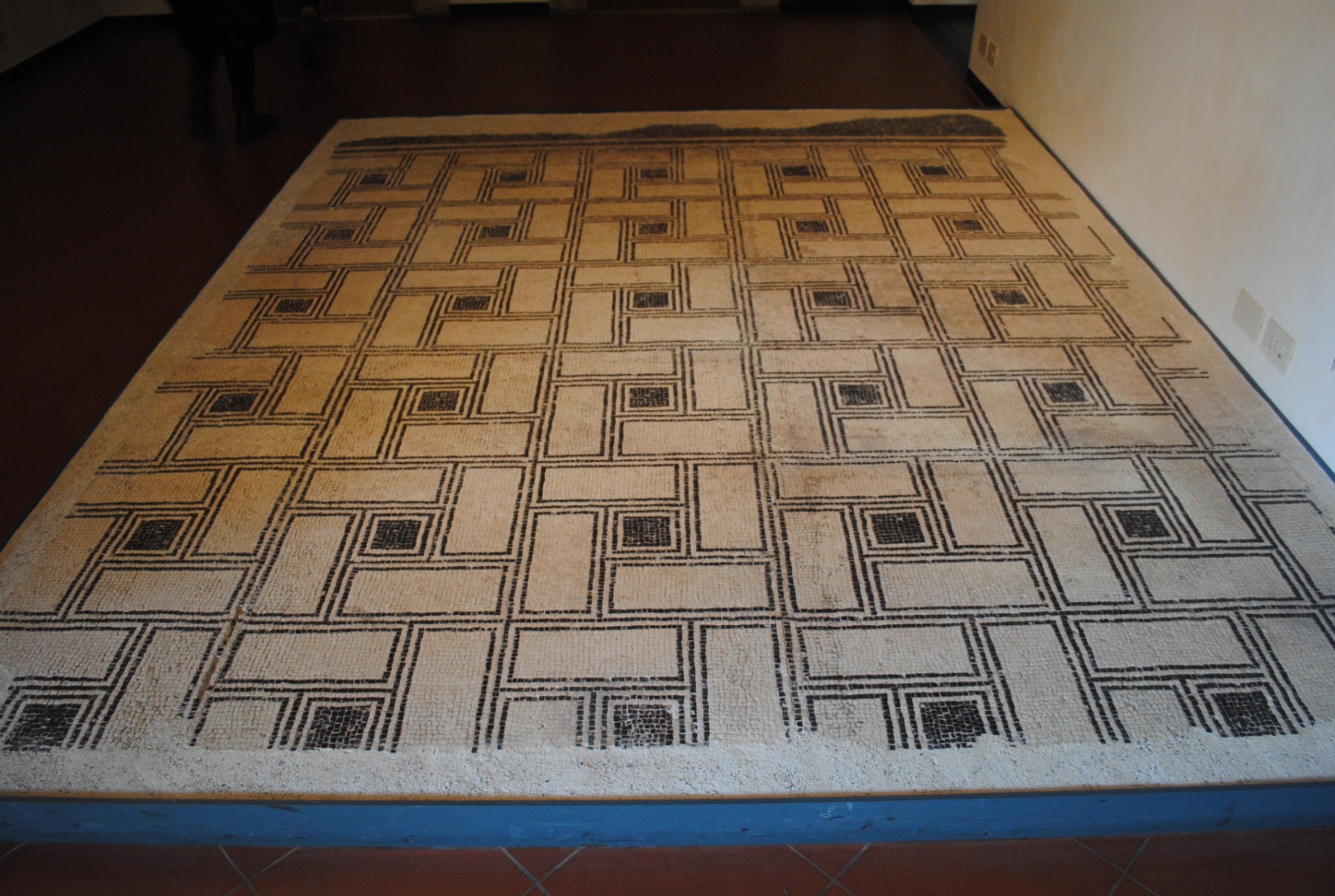
LE DOMUS DELL’ORTAGLIA
This is one of the parts that always excites me, thinking about walking on old old houses
is something magical and extraordinary at the same time.
The two domus belonged to rich families of ancient Brixia and are evidence of how
homes were built in Roman times. Wonderful mosaics complete the floors and large
rooms are examples of the great engineering of the time.
Questa è una delle parti che mi emoziona sempre, pensare proprio di passeggiare sulle
vecchie abitazioni antiche è qualcosa di magico e straordinario allo stesso tempo.
Le due domus appartenevano a delle famiglie ricche dell'antica Brixia e sono
testimonianza di come venivano costruite le abitazioni al tempo dei romani.
Meravigliosi mosaici completano le pavimentazioni e ampie stanze sono esempio della
grande ingegneria dell'epoca.
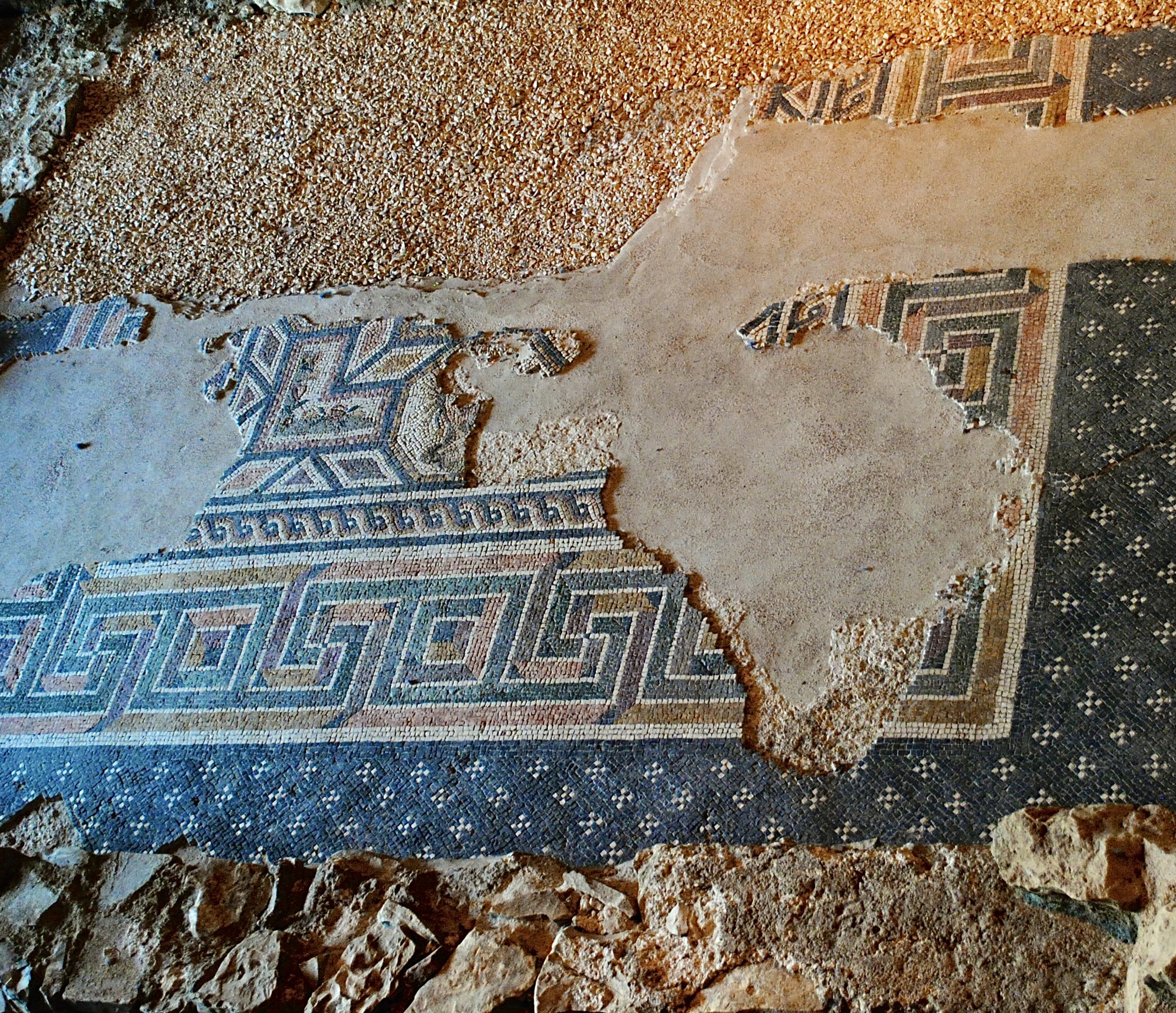

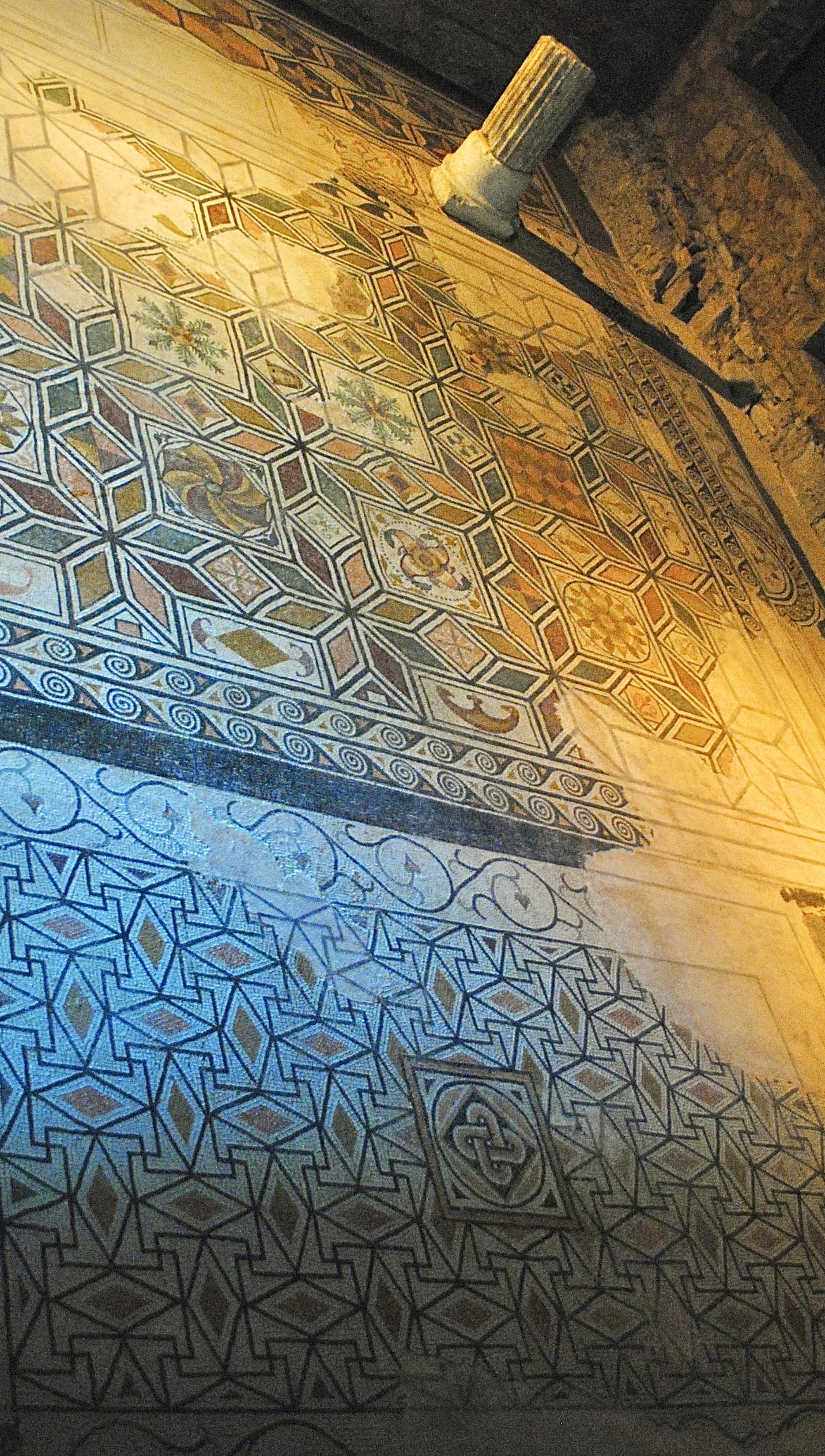
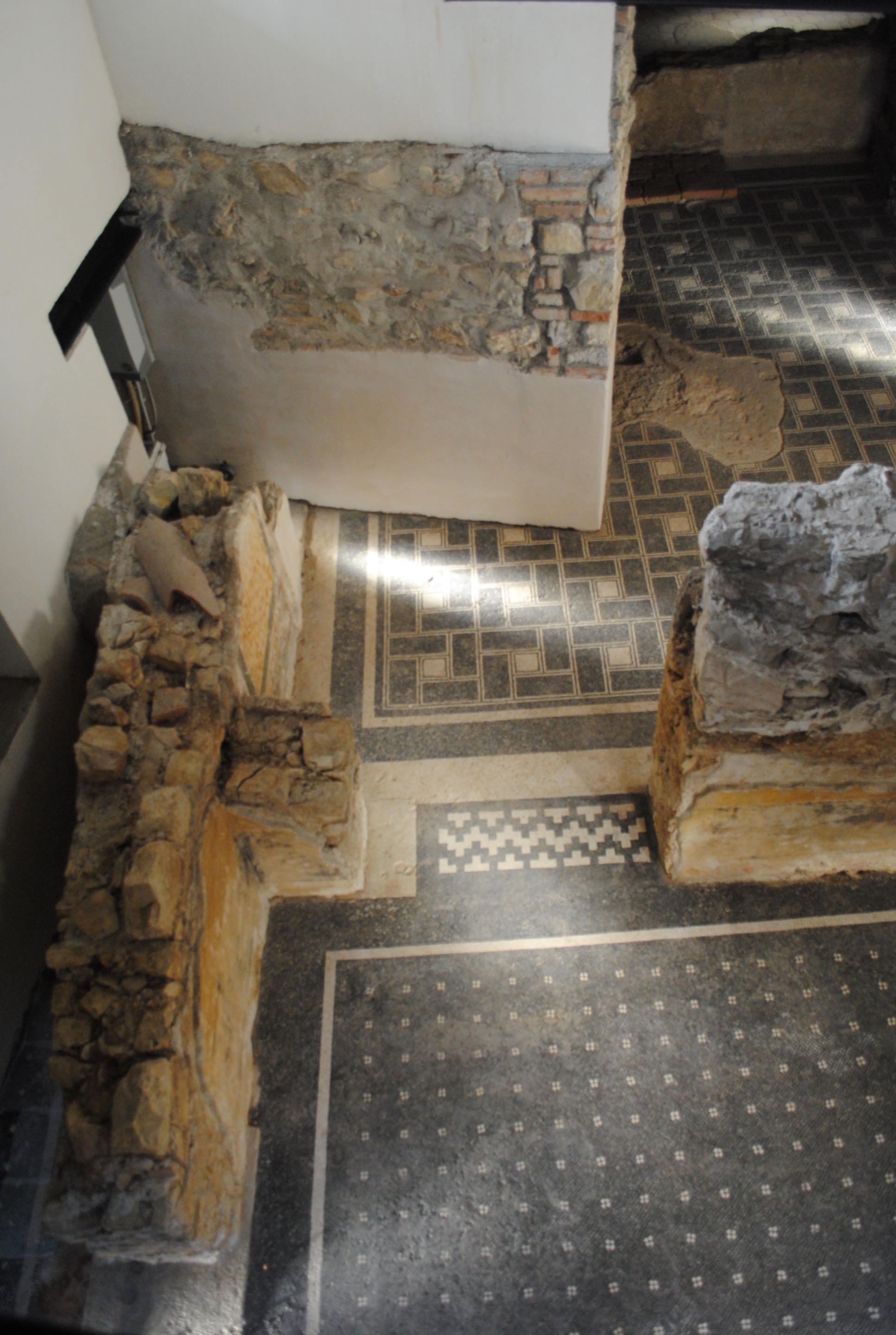
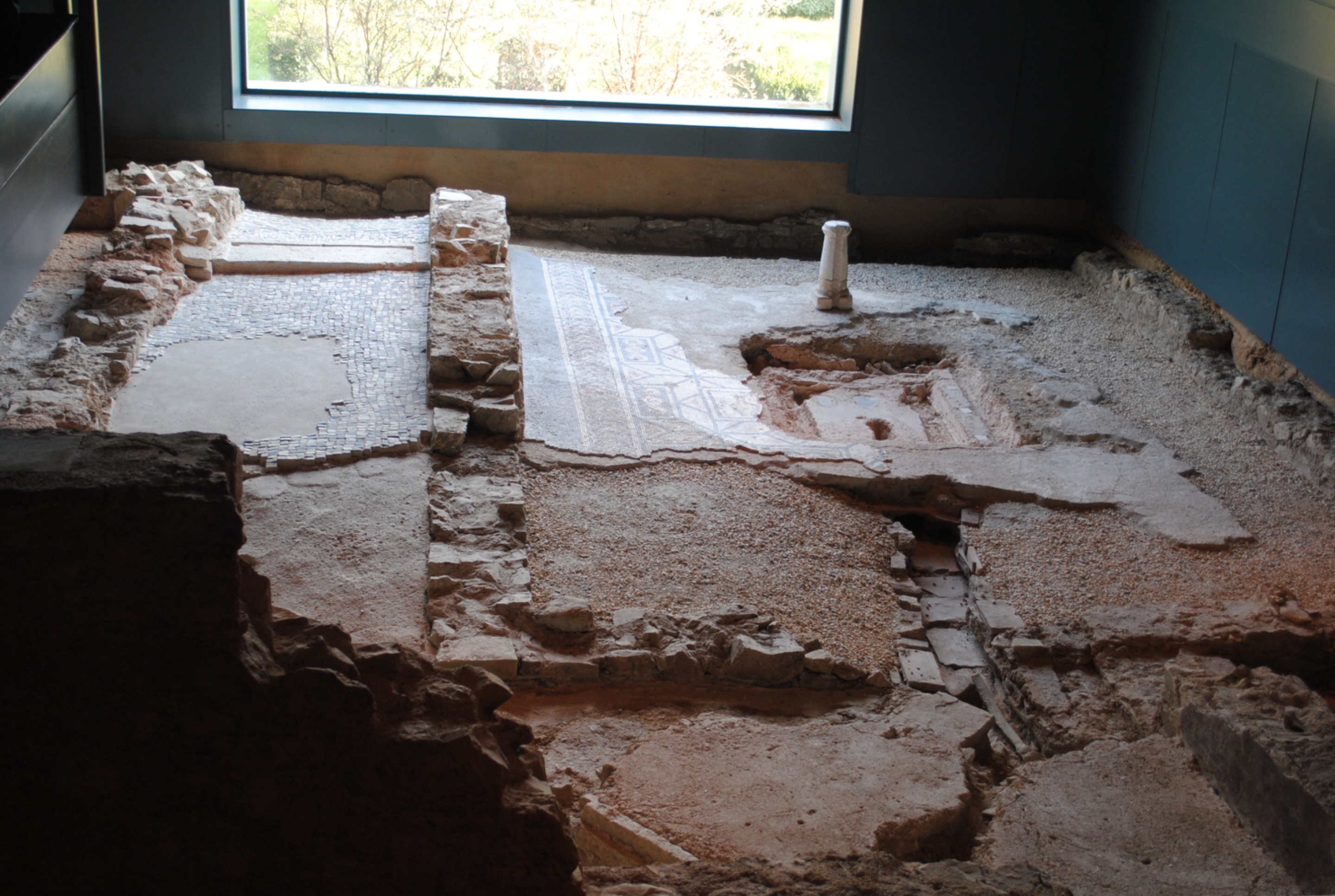
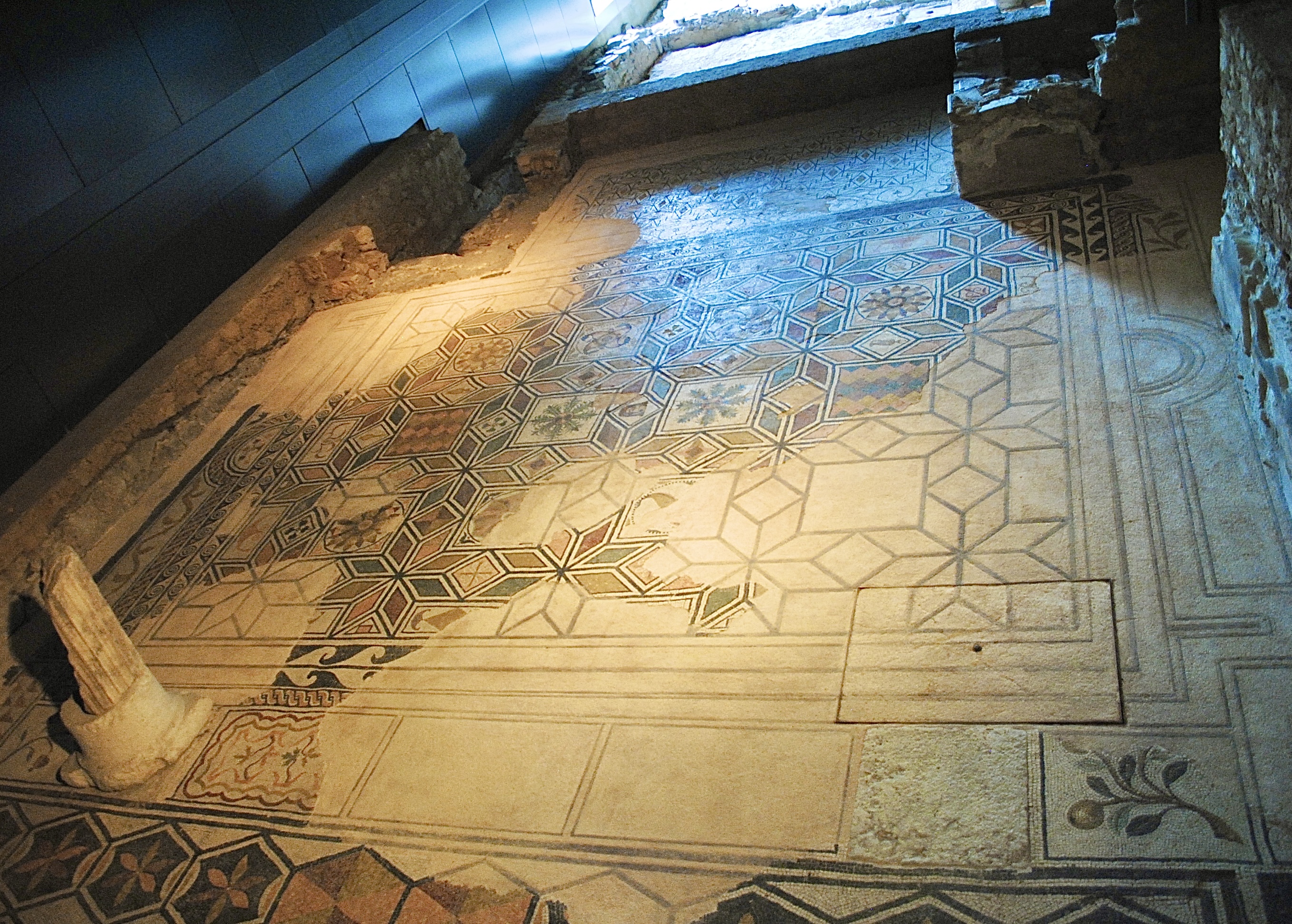
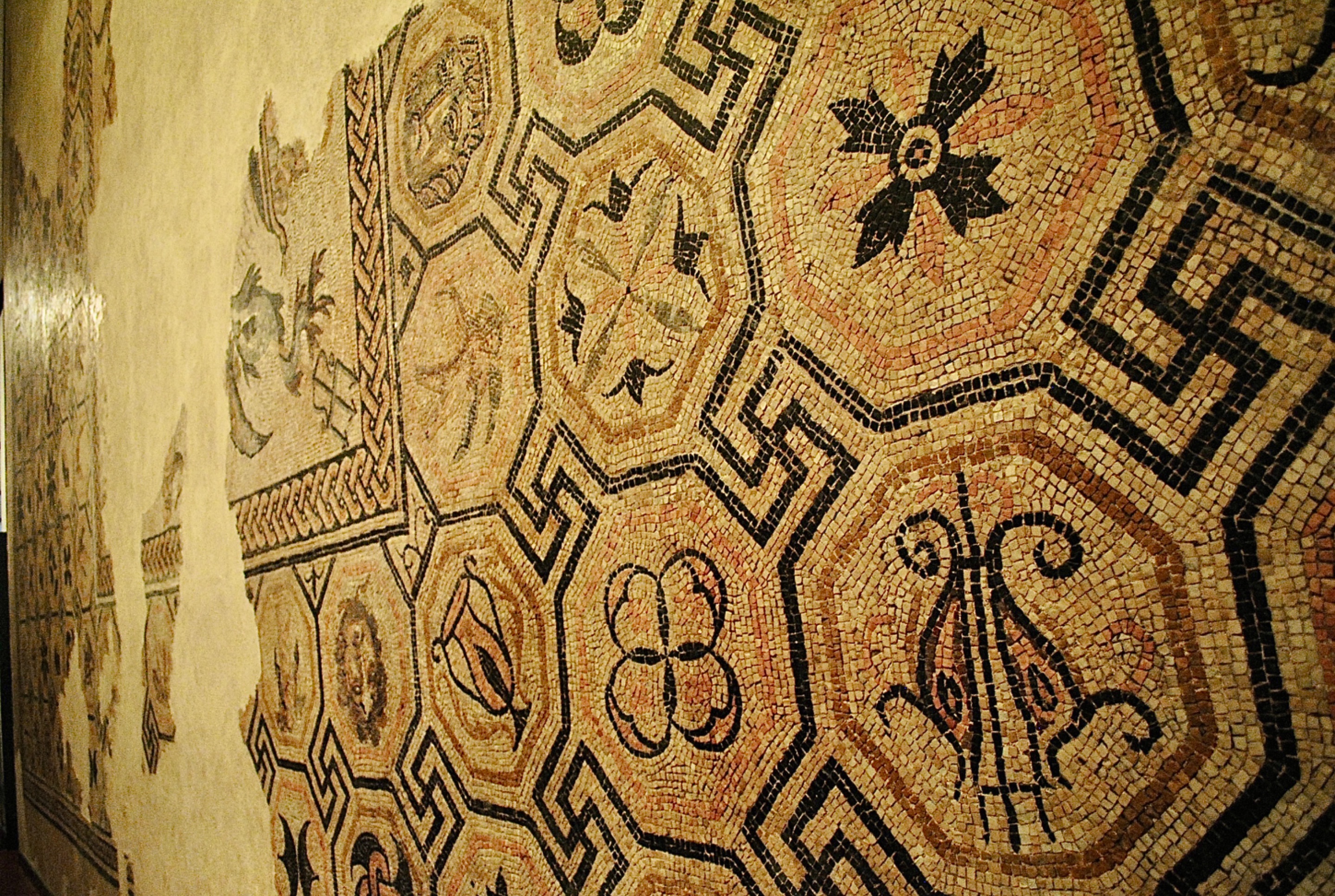
Another stop absolutely worth seeing is the Winged Victory, one of the symbols of the
city of Brescia and it is also one of the most important bronzes present in Italy. It has
also recently returned, after years of restoration, in all its beauty.
You can see very well the face full of expressiveness, the wings arranged ready to take
flight, the light draping, everything makes the work much simpler and more refined, it
is difficult to think how it could have been done so precisely using such a material hard
like bronze.
For those who don't know, the Romans made bronze statues using the “lost wax”
technique.
It began by creating a model of the wax statue, which represented the final form of the
work (the so-called “positive part”).
This model was then covered with layers of clay, which adhered perfectly to every
detail.
Once dry, the wheel was heated in an oven: the heat caused the wax to melt and drip
away through special channels, leaving a void inside the mould — hence the name “lost
wax”.
At that point, molten bronze was poured into the now empty and fired mold, which
filled the shape perfectly.
After cooling, the clay casing would break and the bronze statue would appear, ready
for finishing.
LA VITTORIA ALATA ( the Winged Victory )
Altra tappa assolutamente da vedere è la Vittoria Alata, uno dei simboli della città di
Brescia ed è anche uno dei bronzi più importanti presenti in Italia. Inoltre è tornata
recentemente, dopo anni di restauro, in tutta la sua bellezza.
Si vede molto bene il volto pieno di espressività, le ali sistese pronte a spiccare il volo, il
drappeggio leggero, il tutto rende l'opera molto più semplice e raffinata, difficile
pensare come possa essere stata fatta in modo così preciso utilizzando un materiale così
duro come il bronzo.
Per chi non lo sapesse, i Romani realizzavano le statue in bronzo utilizzando la tecnica
della “cera persa”.
Si iniziava creando un modello della statua in cera, che rappresentava la forma finale
dell’opera (la cosiddetta “parte positiva”).
Questo modello veniva poi ricoperto da strati di argilla, che aderivano perfettamente a
ogni dettaglio.
Una volta asciutta, la forma veniva riscaldata in forno: il calore faceva sciogliere e
colare via la cera attraverso appositi canali, lasciando un vuoto all’interno dello stampo
— da qui il nome “cera persa”.
A quel punto, nello stampo ormai vuoto e cotto, si versava il bronzo fuso, che riempiva
perfettamente la forma.
Dopo il raffreddamento, si rompeva l’involucro di argilla e la statua in bronzo appariva,
pronta per le finiture.
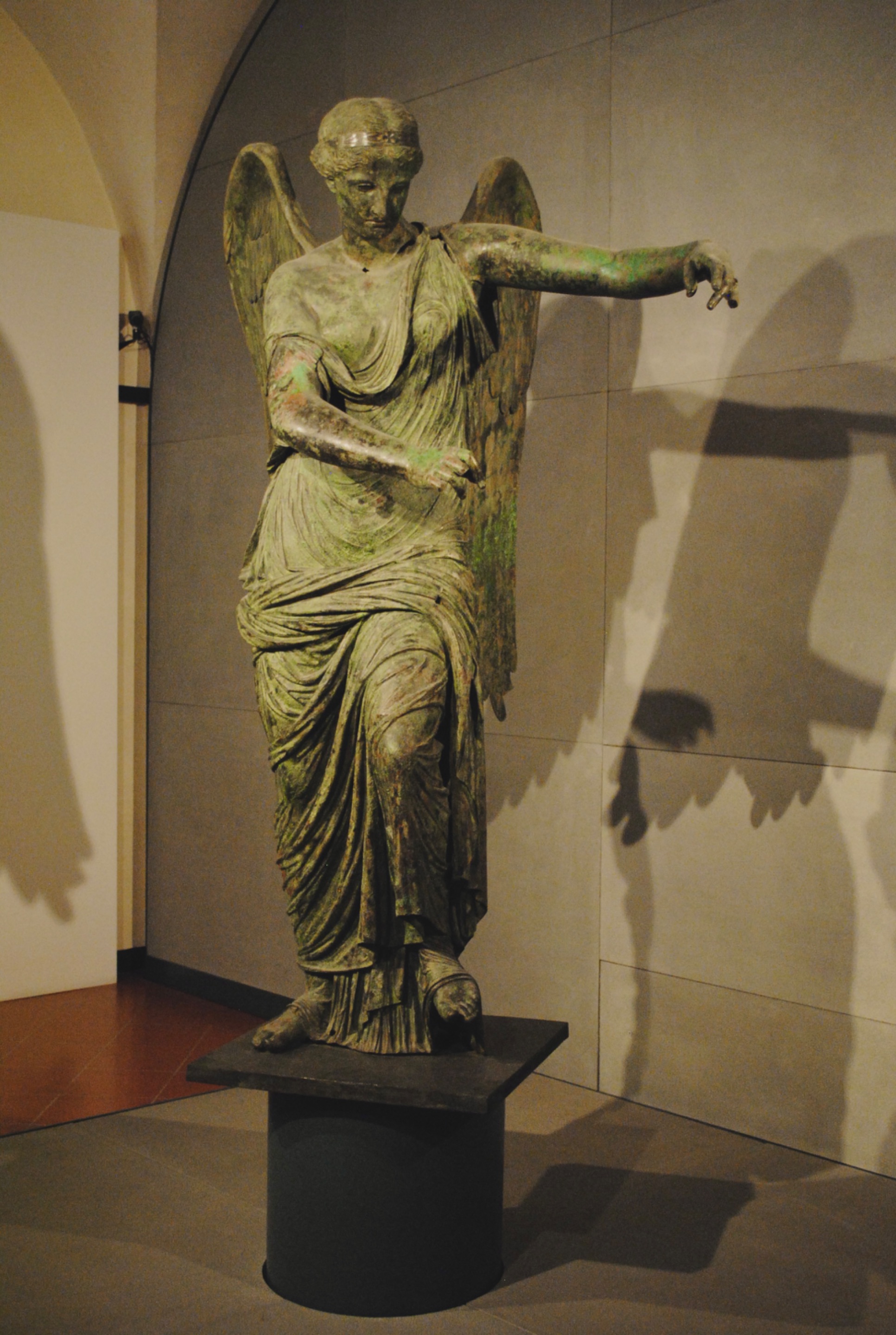
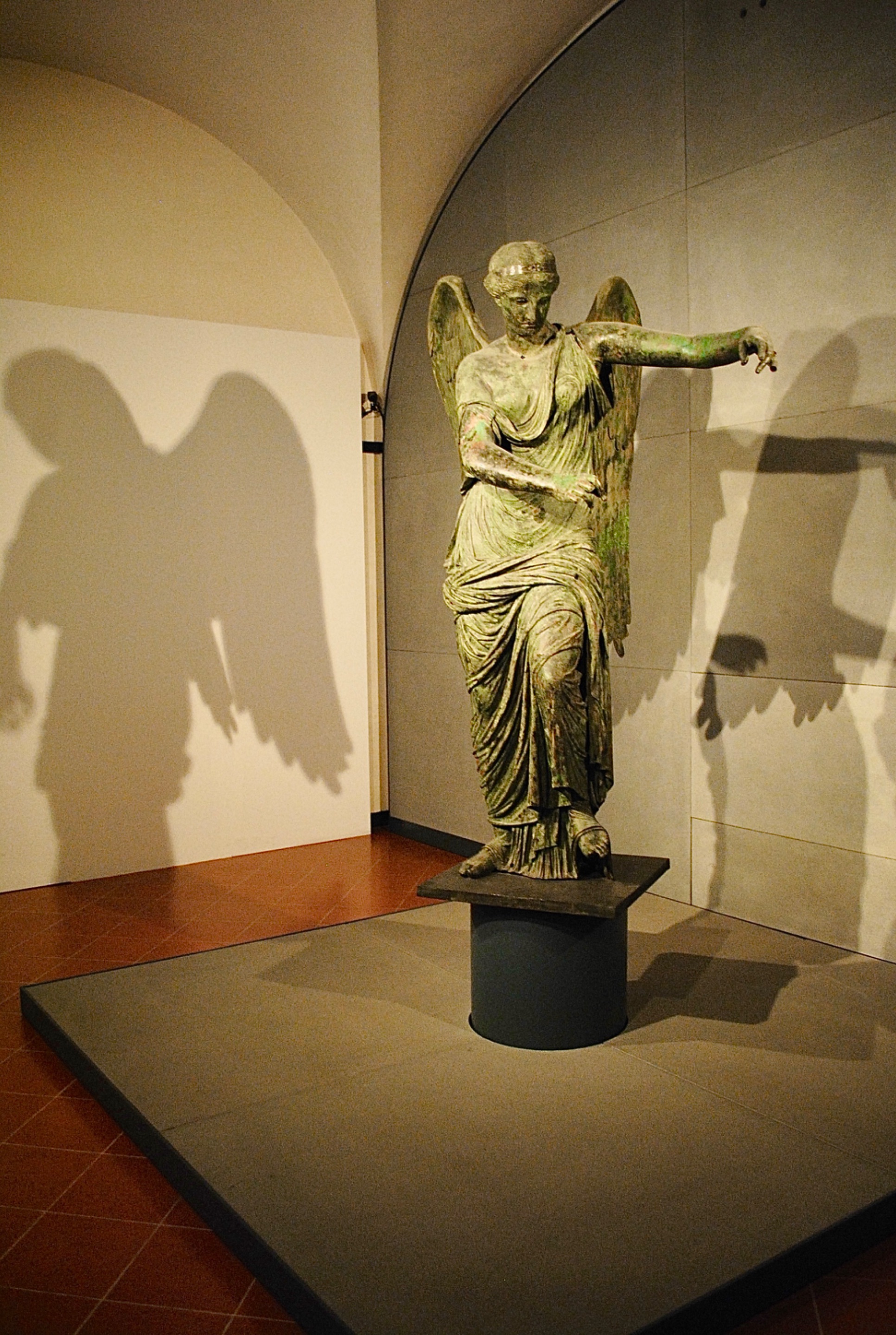
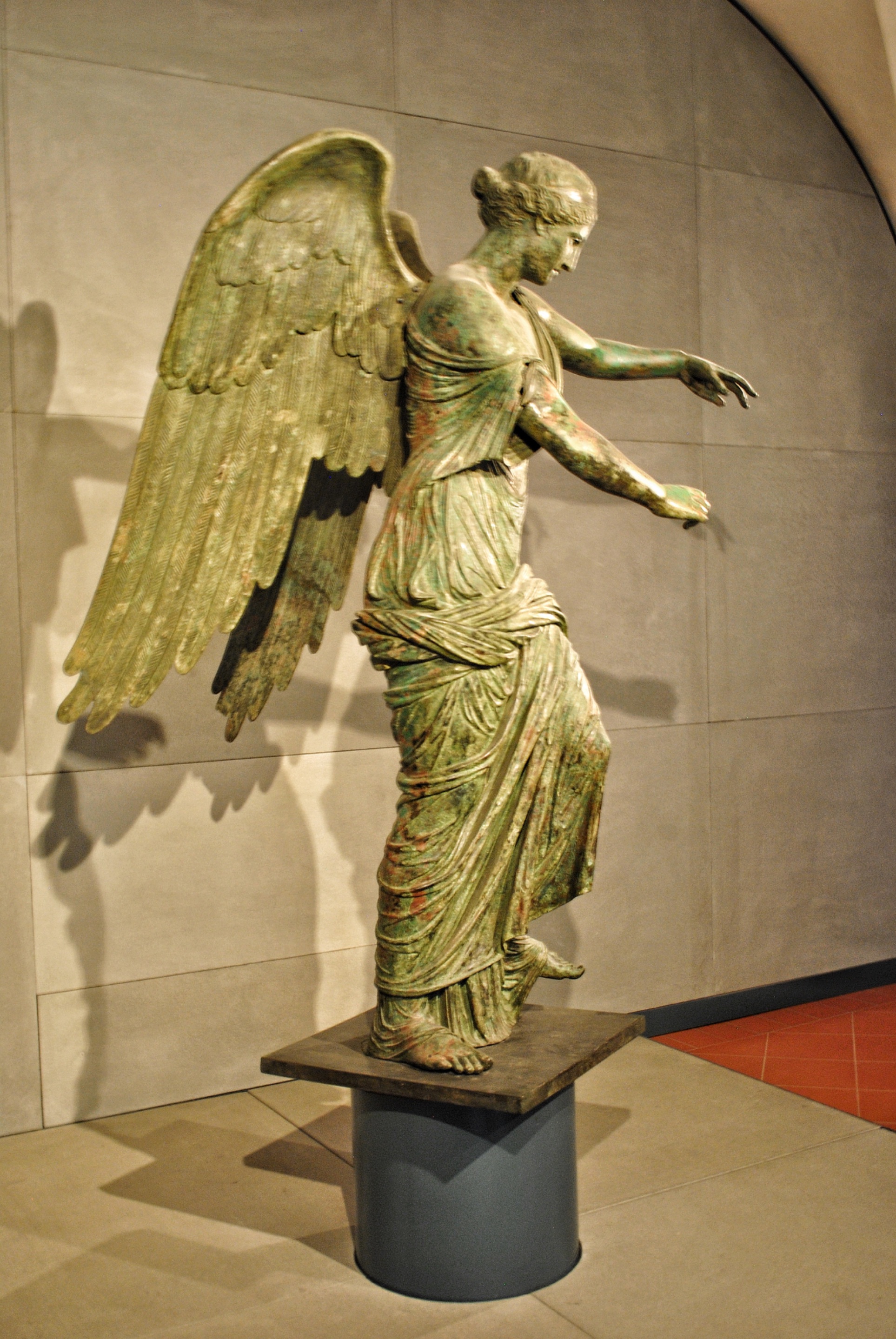
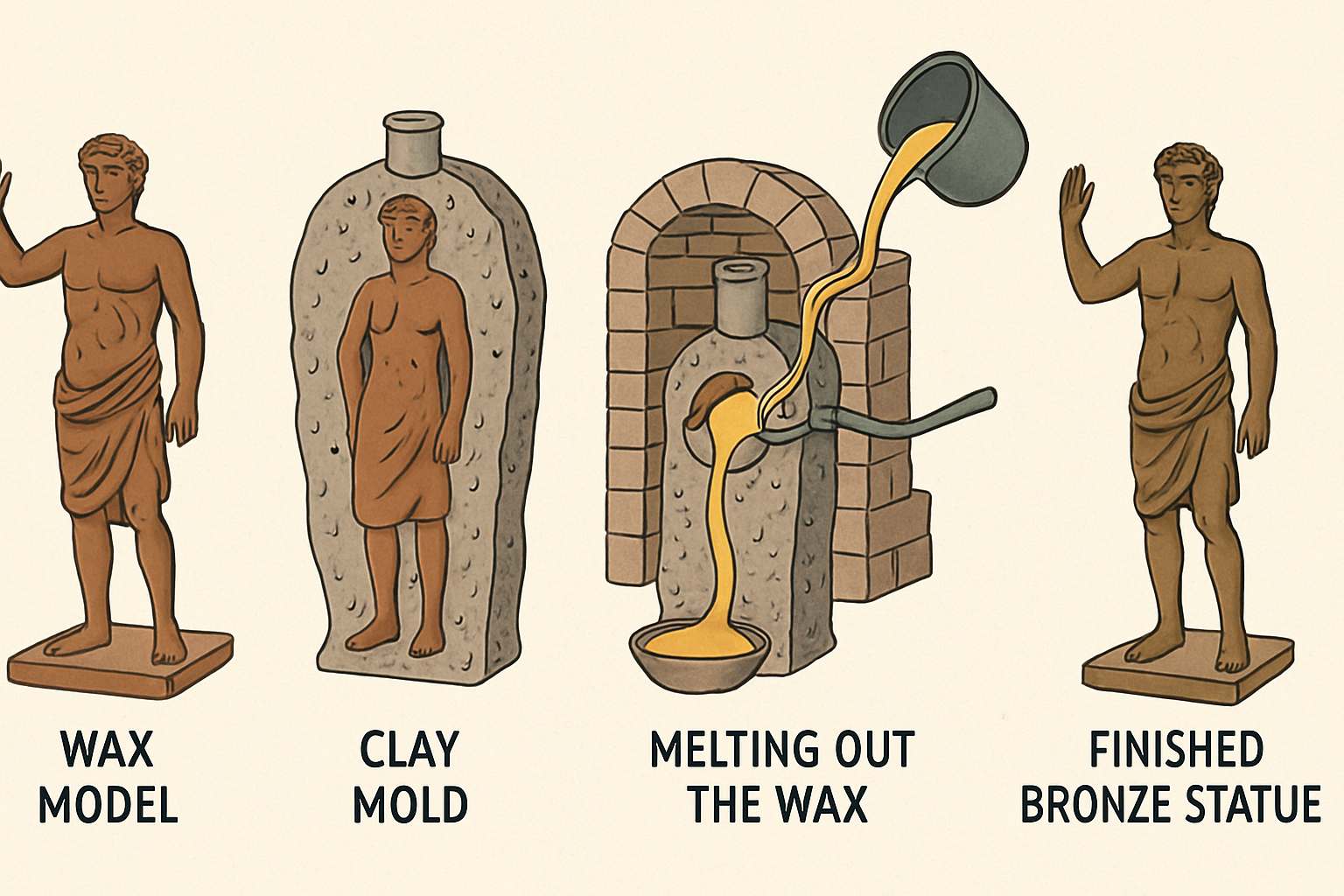
( image generated with IA 🤖 )
LA CHIESA DI SAN SALVATORE
The spiritual heart of the complex is the church of San Salvatore, built in the Lombard
period and today part of the UNESCO site "The Lombards in Italy".
This part is definitely one of my favourites, you find yourself directly inside a church
whose decorations are truly wonderful. It feels like being outside of time, it is a model
that is perfectly intertwined between classical and Renaissance art. A real jewel hidden
within the walls of Santa Giulia.
Il cuore spirituale del complesso è la chiesa di San Salvatore, costruita nel periodo
longobardo e oggi parte del sito UNESCO "I Longobardi in Italia".
Questa parte è sicuramente una delle mie preferite, ci si ritrova direttamente all'interno
di una chiesa le cui decorazioni sono davvero meravigliose. Sembra di stare al di fuori
dal tempo, è un modello che si intreccia perfettamente tra l'arte classica e quella
rinascimentale. Un vero e proprio gioiello nascosto tra le mura del Santa Giulia.
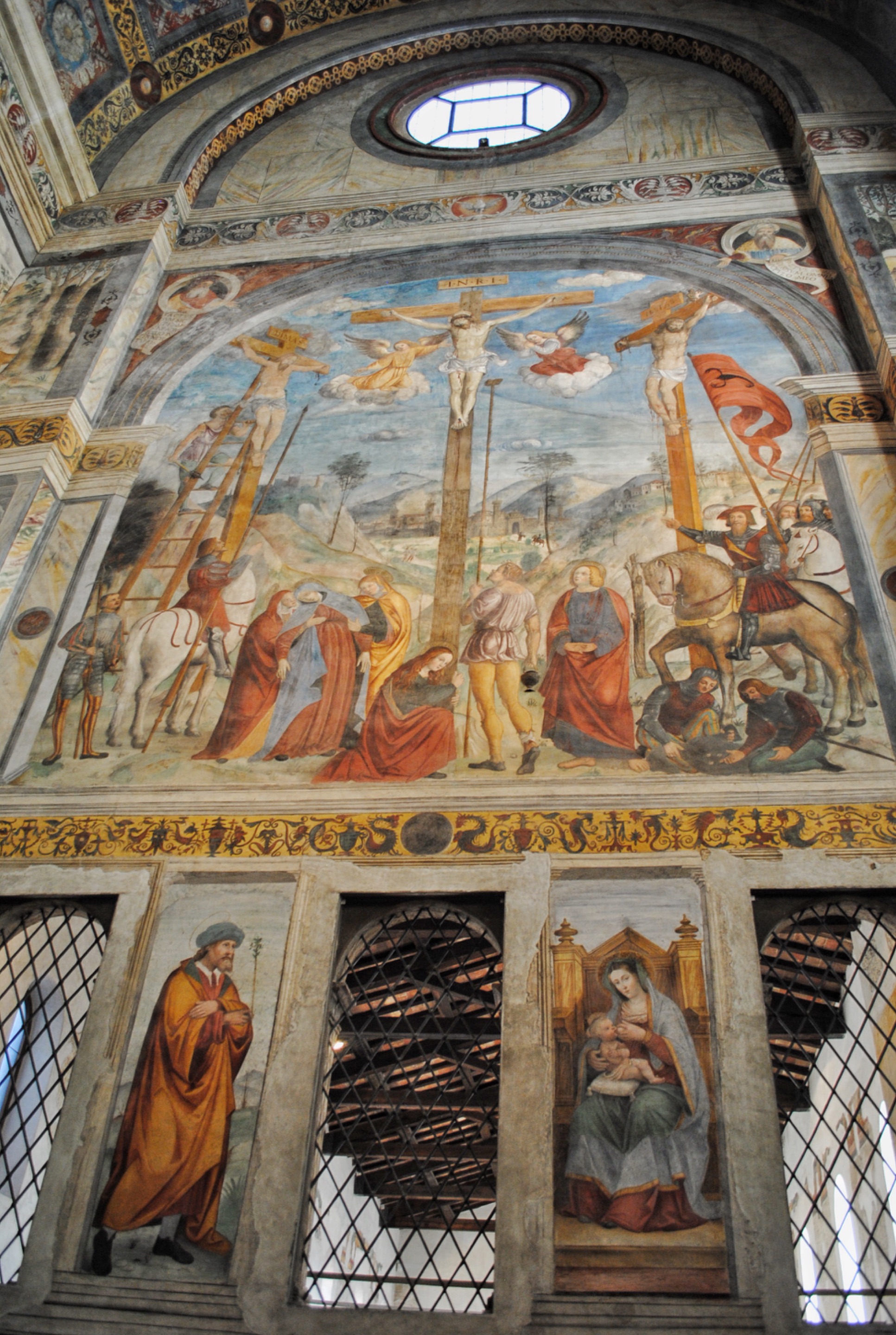
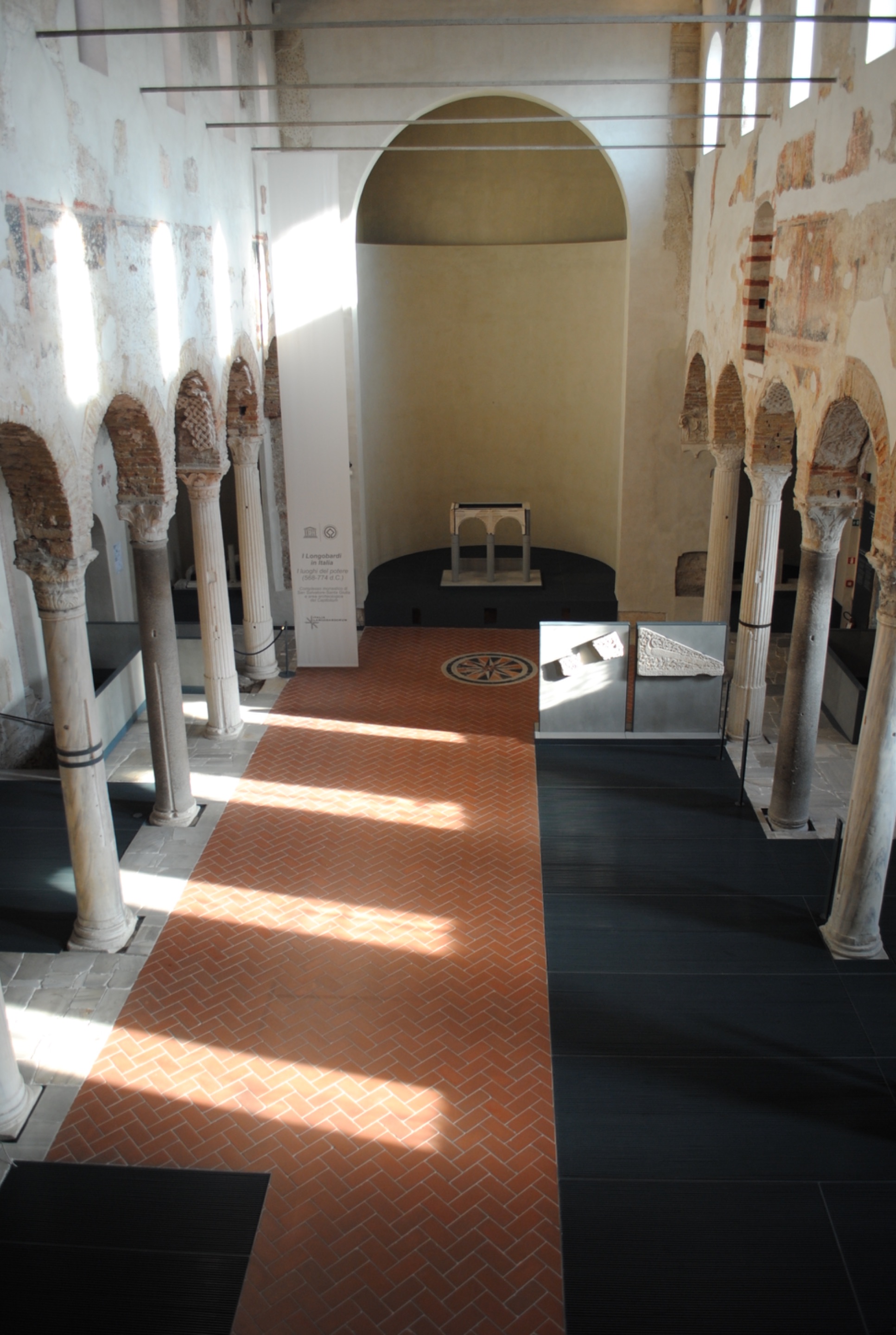
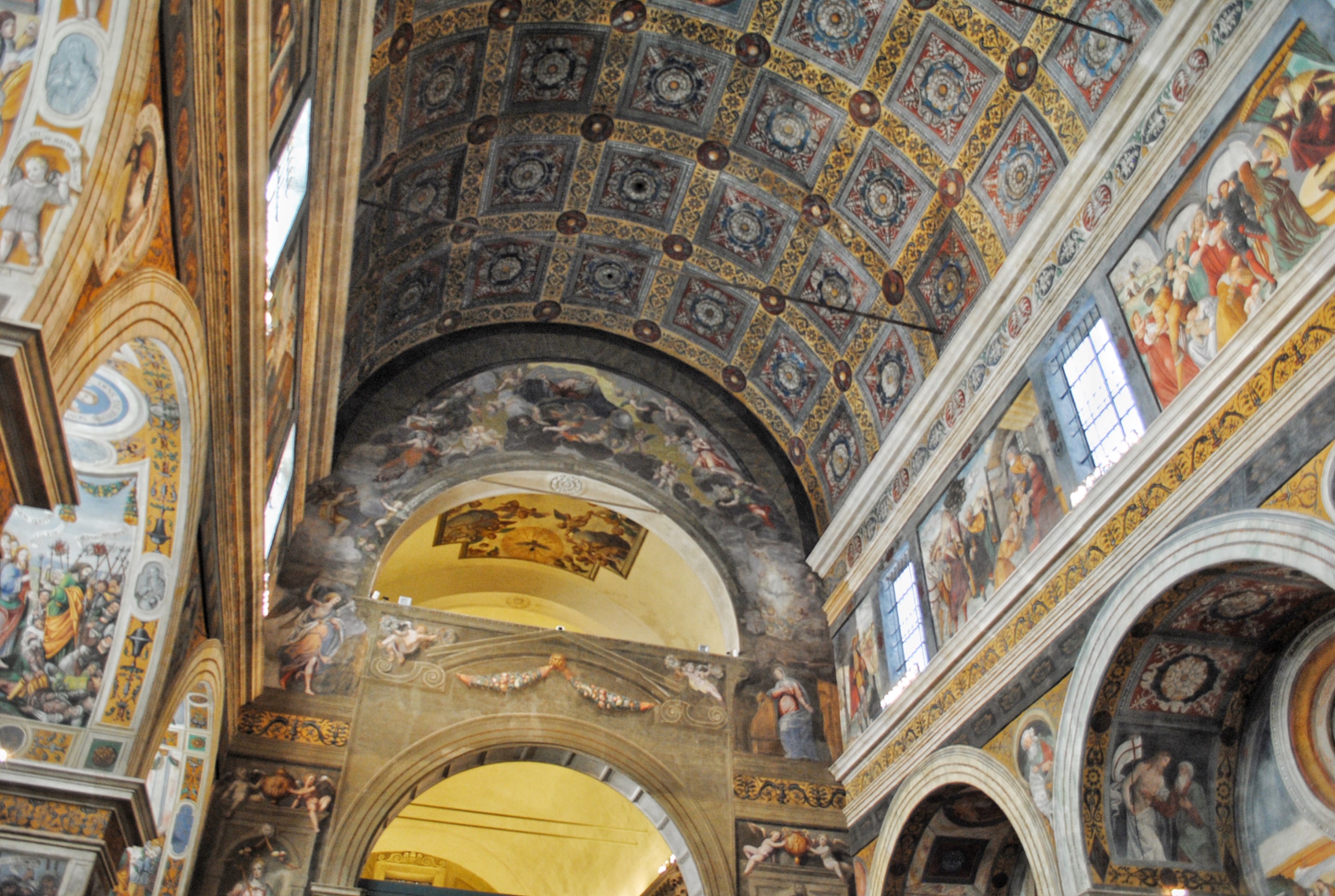
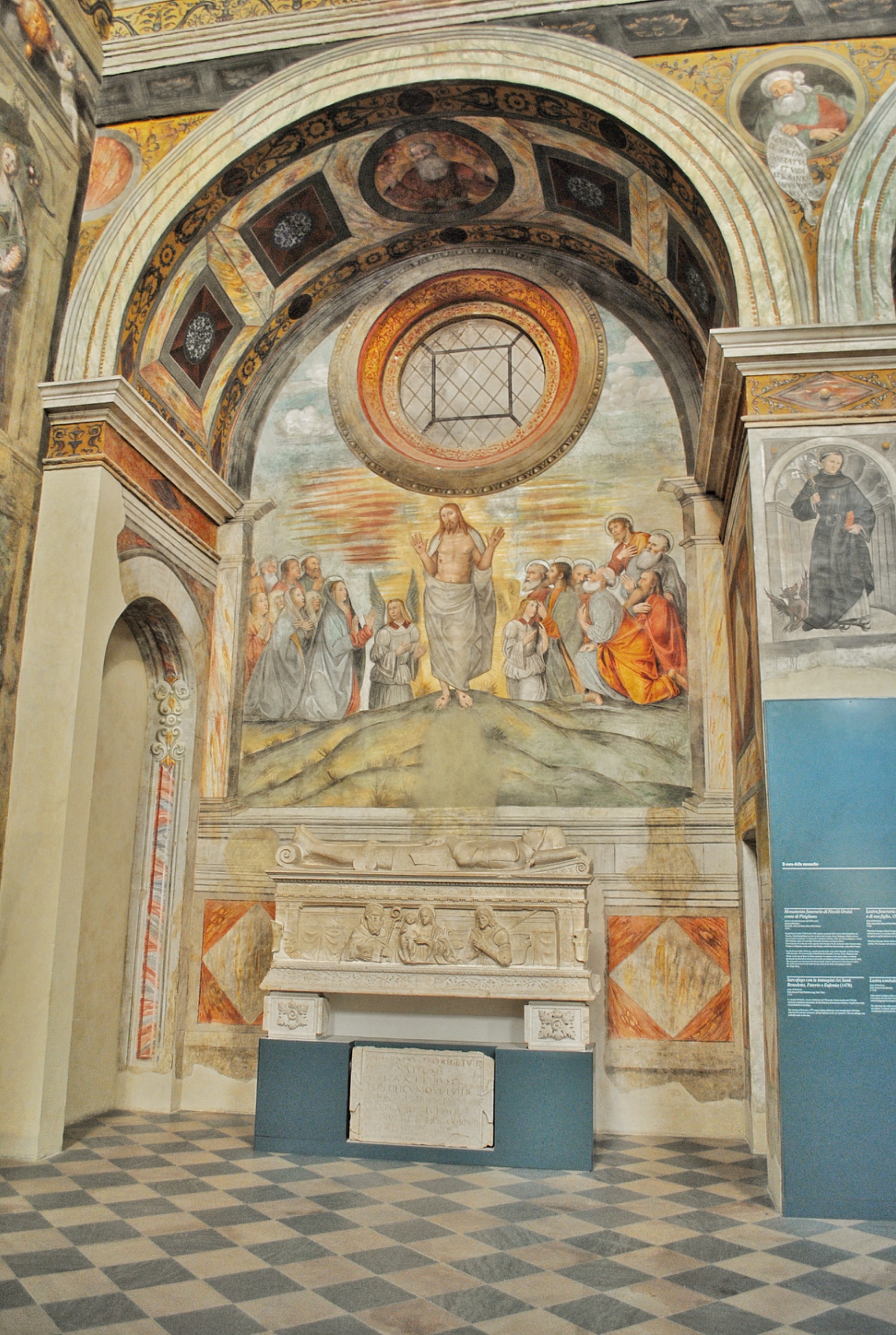
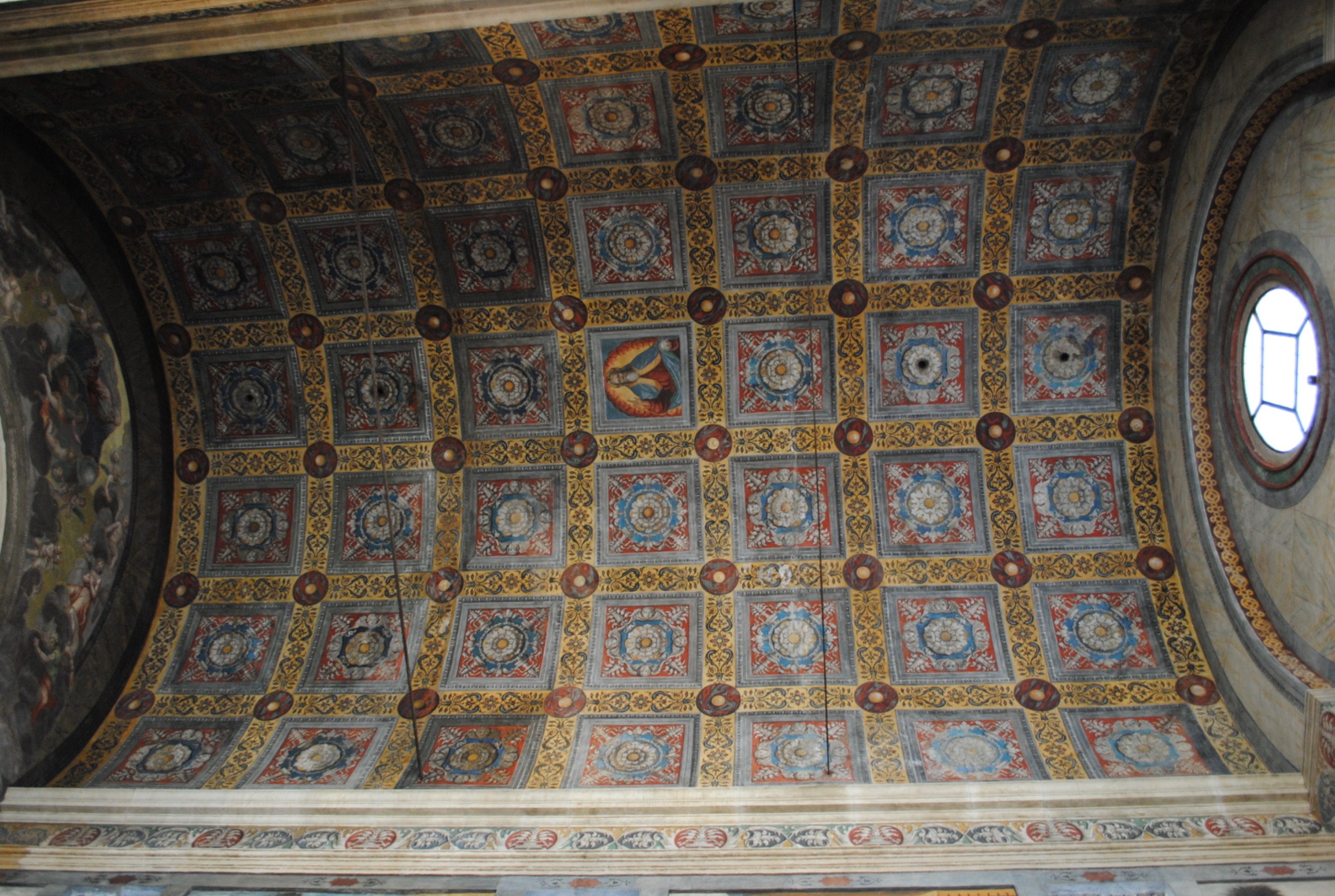
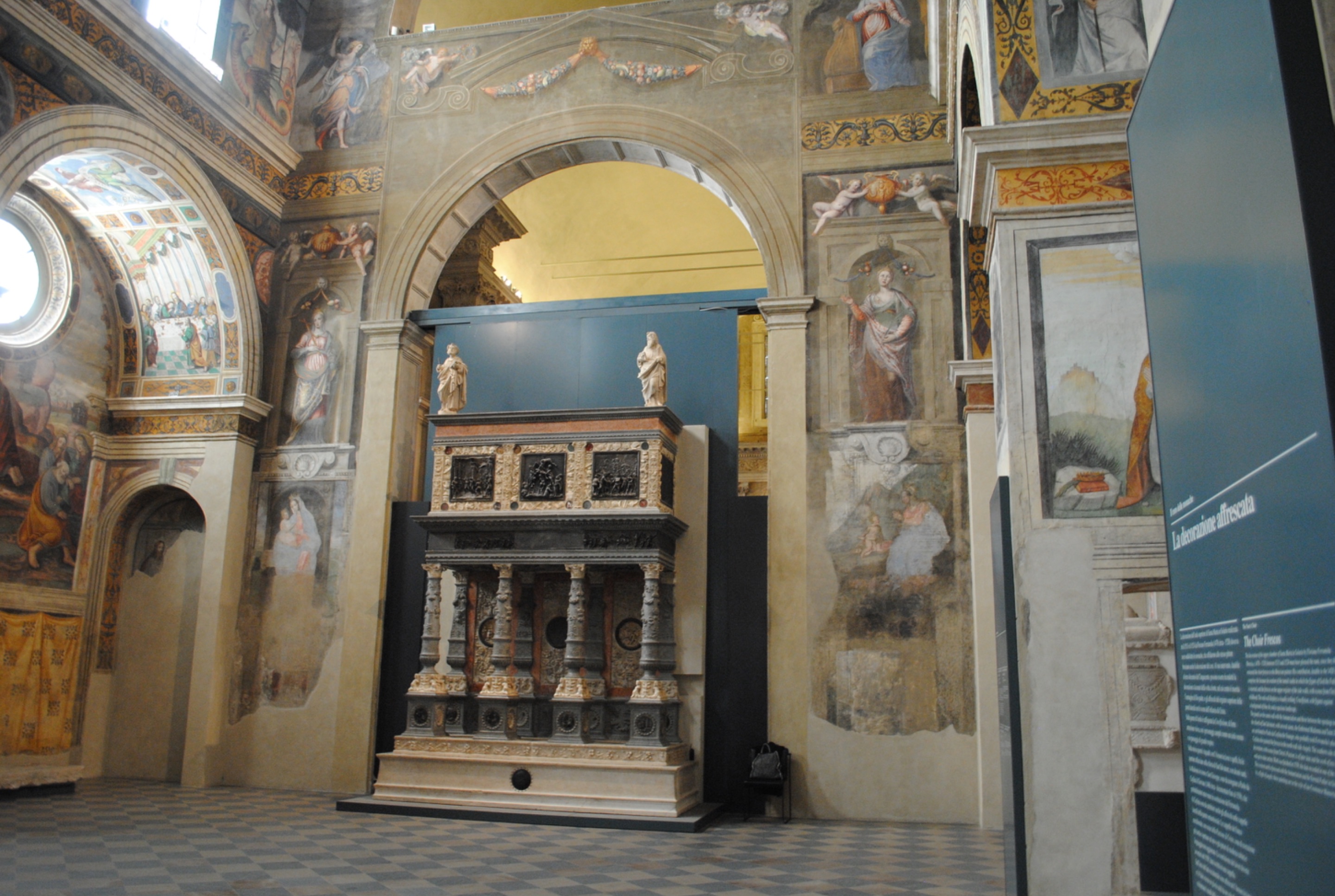

LA CROCE DI DESIDERIO
Among the most precious treasures preserved in the Santa Giulia Museum, the Cross of
Desire undoubtedly stands out. It is an extraordinary object, which combines artistic,
historical and spiritual value, an authentic mirror of the so-called Other Middle Ages.
The cross is richly decorated with precious stones, gems and cameos, testifying to the
profound devotion of the Lombards towards Christianity.
It is interesting to observe how this work is not only a religious symbol, but also a
powerful political instrument: faith and power, now separate, were then intimately
linked, traveling together, strengthening each other.
The Santa Giulia museum is a living organism, built over time, where every room, every
find, every architectural detail tells a piece of the history of Brescia. It gives you the
chance to experience history, and so I hope you can visit it one day.
See you soon
Claere
Tra i tesori più preziosi conservati al Museo di Santa Giulia spicca senza dubbio la
Croce di Desiderio.Si tratta di un oggetto straordinario, che unisce valore artistico,
storico e spirituale, autentico specchio del cosiddetto Altro Medioevo. La croce è
riccamente decorata con pietre preziose, gemme e cammei, a testimonianza della
profonda devozione dei Longobardi verso la cristianità.
È interessante osservare come quest'opera non sia solo un simbolo religioso, ma anche
un potente strumento politico: fede e potere, oggi separati, erano allora intimamente
legati, viaggiavano insieme, rafforzandosi a vicenda.
Il museo Santa Giulia è un organismo vivo, costruito nel tempo, dove ogni sala, ogni
reperto, ogni dettaglio architettonico racconta un pezzo della storia di Brescia. Vi da la
possibilità di vivere la storia, e quindi spero voi possiate visitarlo un giorno.
A presto
Claere
